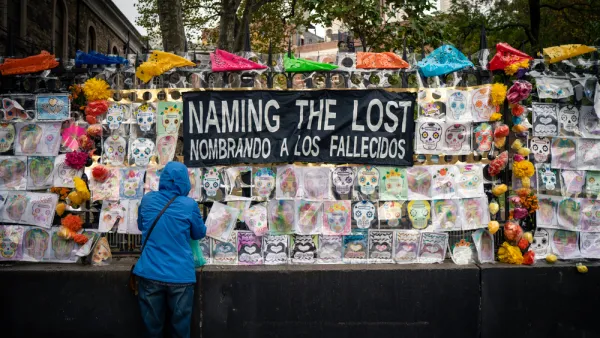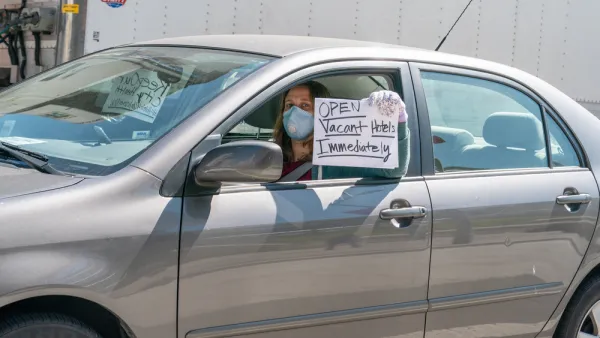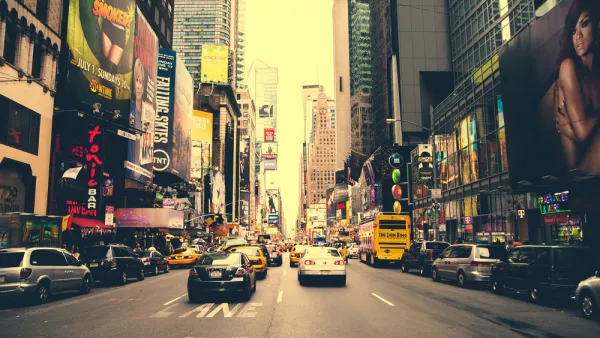The densest city in the country is struggling with the rapid spread of the virus, and close proximity is likely a primary factor.

"New York has tried to slow the spread of the coronavirus by closing its schools, shutting down its nonessential businesses and urging its residents to stay home almost around the clock. But it faces a distinct obstacle in trying to stem new cases: its cheek-by-jowl density," writes Brian M. Rosenthal.
The coronavirus is spreading throughout the city and region at an alarming rate. The high density puts people in close contact on public transit, in public spaces, and in apartment buildings.
Rosenthal also looks at Los Angeles, where the number of confirmed coronavirus cases and deaths are much lower than in New York City. The population of Los Angeles is half of New York City’s, with less crowded transportation, housing, and tourist spaces. In addition, other factors might be contributing to these differences, including warmer weather, less testing in Los Angeles, and better containment.
"Still, public health experts said that density was likely the biggest reason for why the virus has torn through New York City and not yet hit to the same degree elsewhere. They urged other cities and towns around the country to pay attention," says Rosenthal.
For more on the urban density debate that has grown from the spread of the pandemic and the public policy response, see previous coverage from Planetizen.
FULL STORY: Density Is New York City’s Big ‘Enemy’ in the Coronavirus Fight

National Parks Layoffs Will Cause Communities to Lose Billions
Thousands of essential park workers were laid off this week, just before the busy spring break season.

Retro-silient?: America’s First “Eco-burb,” The Woodlands Turns 50
A master-planned community north of Houston offers lessons on green infrastructure and resilient design, but falls short of its founder’s lofty affordability and walkability goals.

Delivering for America Plan Will Downgrade Mail Service in at Least 49.5 Percent of Zip Codes
Republican and Democrat lawmakers criticize the plan for its disproportionate negative impact on rural communities.

Test News Post 1
This is a summary

Test News Headline 46
Test for the image on the front page.

Balancing Bombs and Butterflies: How the National Guard Protects a Rare Species
The National Guard at Fort Indiantown Gap uses GIS technology and land management strategies to balance military training with conservation efforts, ensuring the survival of the rare eastern regal fritillary butterfly.
Urban Design for Planners 1: Software Tools
This six-course series explores essential urban design concepts using open source software and equips planners with the tools they need to participate fully in the urban design process.
Planning for Universal Design
Learn the tools for implementing Universal Design in planning regulations.
EMC Planning Group, Inc.
Planetizen
Planetizen
Mpact (formerly Rail~Volution)
Great Falls Development Authority, Inc.
HUDs Office of Policy Development and Research
NYU Wagner Graduate School of Public Service





























